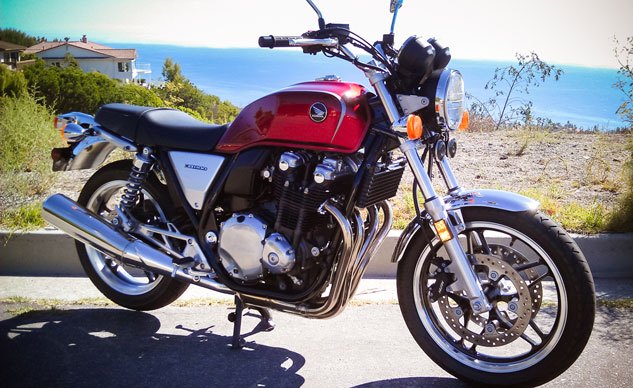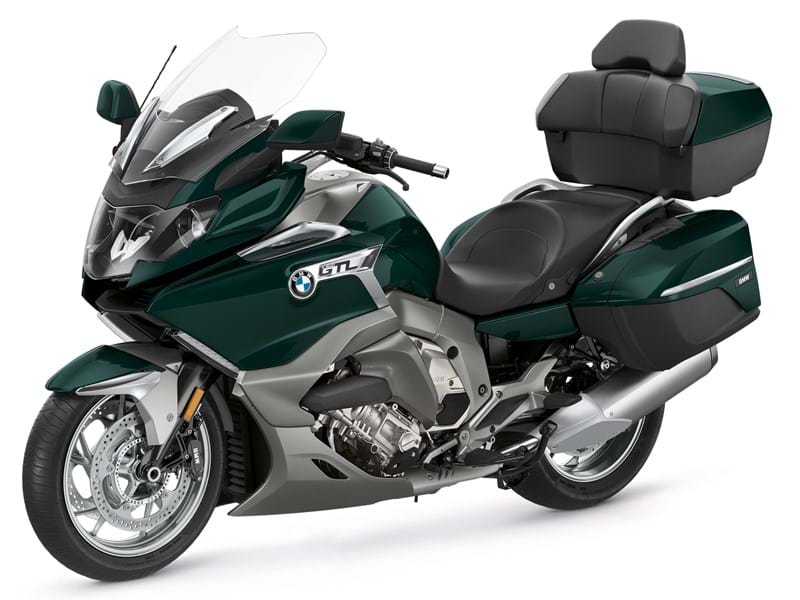Learning basic motorcycle operation is similar to learning how to drive. Both can be a little intimidating at first. But if you approach riding a motorcycle with care and caution, you can make the learning process less intimidating.
Once you've settled on the type of motorcycle you want to ride, purchased adequate
motorcycle safety gear, including a well-fitting helmet, and taken care of licensing and insurance, you're almost ready to ride. While there is no substitute for a Motorcycle Safety Foundation course, these 10 tips will help reinforce what you learn.
1.Before You Get Started
Make sure to give your motorcycle a thorough inspection before hitting the road. Let the Motorcycle Safety Foundation's acronym for their checklist, T-CLOCS, guide you. You want to make sure the following are in good working order, and not just the first time you hit the road but every time you go for a ride.
T: Tires and wheels
C: Controls, including levers, pedal, cables, hoses, and throttle
L: Lights, including battery, headlights, turn signals, mirrors, etc.
O: Oil fluid levels
C: Chassis, including the frame, suspension, chain, etc.
S: Stands, including the center, stand and/or kickstand
2.Motorcycle Safety Gear
Even at parking-lot speeds, it's easy to seriously scrape yourself up in a motorcycle accident. Make sure you're protected by wearing as much safety gear as possible, including gloves, armored clothing, and boots. Even if you don't live in one of the states that require some or all motorcycle riders to wear a helmet, it's always a good idea to wear one. Once you're dressed for the part, you're ready to get on the bike.
4.Throttle and Brakes
When riding a motorcycle, your right hand is responsible for two crucial functions: acceleration and braking. By twisting the grip toward you (so that your wrist moves down), you apply the throttle. A little twist goes a long way, so be delicate with this control because revving the engine can lead to instability or cause the front wheel to leave the pavement.
Your right hand also controls the front brakes, whose lever is located in front of the throttle, much like on a bicycle. Smoothness is crucial here as well. Yank the brake lever too hard, and the front brakes can lock up, causing the bike to skid and even crash. Though most brake levers only require two fingers to operate, some require you to use your entire hand. Your right foot, meanwhile, controls the rear brake.
5.Clutch
The clutch is the lever just ahead of the left-hand grip. Most sport bikes require an only two-fingered operation. Touring, cruising, and other motorcycles often require the whole hand to grab the lever. The clutch on a motorcycle does the same thing that a car's clutch does; it engages and disengages the transmission and engine. When you squeeze the clutch lever, you're effectively putting the bike in neutral (even if the shifter is in a gear). When you let go, you're engaging the engine and transmission. Practice pulling the clutch with your left hand slowly. Imagine it's a deal with a range of power, rather than an on/off rocker switch, and you'll be able to engage.
6.Shifting
Motorcycles shift differently than cars. While operating on the same principle, motorcycle shifts are executed by moving a lever up or down with the left foot. A typical shift pattern, called "one down, five up," looks like this:
- Sixth gear (if applicable)
- Fifth gear
- Fourth gear
- Third gear
- Second gear
- Neutral
- First gear
Finding neutral with your left foot takes some getting used to. Practice by clicking the shifter back and forth; look for a green "N" to light up on the gauges. While some motorcycles can be shifted without using the clutch, make it a habit of using the clutch every time you shift.
7.Starting the Motorcycle
Unless you own a vintage motorcycle, your bike has an electronic ignition that makes starting the engine as easy as starting a car. Your bike won't start unless the kill switch is in the "On" position, so flip it down before you turn the key (the kill switch is usually a red rocker switch operated by the right thumb). Next, turn the key to the "Ignition" position, which is typical to the right.
Make sure you're in neutral, then use your right thumb to push the start button, which is typically located below the kill switch and marked by a logo of a circular arrow surrounding a lightning bolt. Many bikes require you to disengage the clutch while you start the engine. This is simply a precaution to prevent the bike from accidentally lurching forward because it's in gear.
8.Warming Up the Engine
The practice of warming up car engines has largely become obsolete, but warming up a motorcycle engine is still a crucial part of the riding ritual, particularly when a bike is carbureted. Doing so ensures that the engine will provide smooth, consistent power as you begin your ride. You should idle for anywhere from 45 seconds to several minutes, depending on factors such as ambient temperature, engine displacement, and oil capacity. Use the temperature gauge as a general guide, and avoid revving the engine.
9.The Kickstand or Centerstand
Most modern bikes automatically shut off if the kickstand is still down when the bike is put into gear. If your bike isn't equipped with this feature, make sure you retract the kickstand by literally kicking it up with your left foot and allowing it to tuck underneath the underbody of the bike. Not doing so can be a serious safety hazard.
10.Riding and Steering
Now that you've reviewed all the steps of how to ride a motorcycle, it's time to hit the road. Pull the clutch lever, press the shifter down to first gear, release the clutch slowly, and gently twist the throttle. As the bike gains forward momentum, put your feet up on the pegs.
Of course, you won't be riding in a straight line. You'll need to know how to steer your motorcycle. Just like a bicycle, a motorcycle is turned by counter steering once you hit about 10 mph, not by turning the handlebars from left to right. Countersteering involves pushing the handgrip on the side you want to turn. If you want to turn right, you'll need to lean slightly to the right while pushing the right handgrip away from you. Turning is actually easier to do than to describe, so trust your instincts when you get out on a bike.
Conclusion:
The key is to maneuver your motorcycle with a smooth touch and gradual input. Doing so will not only make you a safer rider, it will make your riding more graceful and effortless. Remember to start slowly. Learning how to ride a motorcycle with skill takes time and practice.
Also Read:
Australia's best motorcycling roads





